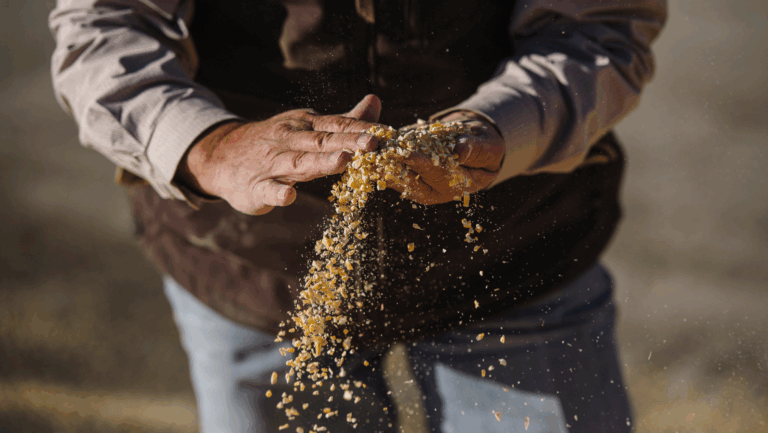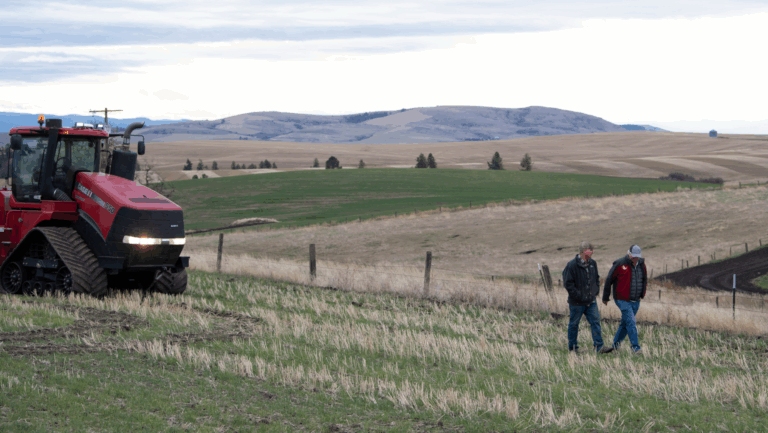U.S. and China: What’s Next for ‘Phase One’?
Read the latest news on the U.S.-China trade relationship and what that means for American farmers.
In a conversation forum with the Center for Strategic and International Studies (CSIS) on Monday, October 4, U.S. Trade Representative Katherine Tai laid out four key steps to realigning the trade relationship between the two largest economies in the world.
1. Discuss Chinese performance under the ‘Phase One’ trade agreement while increasing domestic competitiveness.
The future of the ‘Phase One’ U.S.-China trade agreement was a recurring theme throughout the discussion. Currently, China is more than 30 percent below its Phase One target for 2021 of $207.4 billion in total U.S. import purchases. However, when compared to sectors like manufactured goods and energy, the agricultural sector is more on track with purchase commitments. According to the Peterson Institute for International Economics, China has reached 92 percent of the $27.5 billion target by August 2021.
U.S. Agricultural Imports to China in 2021

While the 2020 commitment fell short at $23.6 billion, it was still $9.8 billion more than U.S. ag exports to China in 2019. One challenging part of these discussions will likely be finding ways to increase purchases in lagging sectors without hindering record purchases in the U.S. ag sector.
When asked about the possibility of a forthcoming trade agreement with China, Ambassador Tai focused less on committing to the negotiation of a ‘Phase Two’ and more on the development of domestic infrastructure to increase the competitive edge of American farmers in the global market.
“The key to our global competitiveness and creating shared prosperity begins at home. We have to make smart domestic investments to increase our own competitiveness.”
Katherine Tai, U.S. Trade Representative
2. Utilize targeted tariff exclusion processes to reduce commercial harm on U.S. interests.
Ambassador Tai confirmed that the tariffs imposed by the previous administration on more than $350 billion worth of Chinese goods will stay in effect for now. She also did not rule out imposing new tariffs based on China’s willingness to address U.S. concerns once trade negotiations began. The process for U.S. companies to apply for exemptions from tariffs on Chinese products will also be re-established.
“Our objective is not to inflame trade tensions with China. Durable coexistence requires accountability and respect for the enormous consequences of our actions.”
Katherine Tai, U.S. Trade Representative
3. Raise broader policy concerns with Beijing that were left out in the 2020 trade agreement.
While she credits the Phase One agreement with stabilizing the U.S.-China trade relationship, Ambassador Tai views it as a short-term solution that does not address the fundamental concerns of China’s historic trading practices. Broader policy concerns with Beijing include issues of human rights, unfair subsidies to China-owned companies, predatory trading tactics, and more.
“We have a lot of work to do. To be successful, we must be direct and honest about the challenges we face and the grave risk of leaving them unaddressed. We must explore all options to chart the most effective path forward.”
Katherine Tai, U.S. Trade Representative
4. Most critical, work with allies to shape the rules for fair trade moving forward.
According to the latest USDA trade forecast, China is responsible for purchasing more than 20 percent of total U.S. agricultural exports in 2021. There is skepticism and an understandable concern surrounding this heavy reliance on one trade partner, particularly a trade partner who holds fundamentally different perspectives on issues like basic human rights, freedom of speech, and more. Ambassador Tai confirmed that engaging in and establishing stronger trade relationships with U.S. allies will be an essential part of the U.S.-China trade agenda.
Could there be multilateral consequences between the bilateral relationship of fulfilling Phase One commitments? A concern that was brought up by this initiative, that if China fulfills total trade obligations under the Phase One agreement, could result in a negative impact on trade for potential allies. It was an interesting point that should be taken into consideration as discussions begin.
"I think that is the critical question and that is the one we are going to have to access in our conversations with China and our allies."
Katherine Tai, U.S. Trade Representative
The Future of U.S. Agricultural Trade in 2022
Ambassador Tai’s speech left many questions unanswered. However, it also opened the door of discussion and provided a glimmer of transparency into the U.S. trade strategy with China during this administration. Fortunately, U.S. agriculture is a critical part of that conversation. Rather than a ‘decoupling’ approach to this trade relationship, Ambassador Tai is focused on recoupling the trade relationship between not only the U.S. and China, but with our allies as well.
The outlook for U.S. agricultural trade in 2022 looks bright with record-breaking forecasts, but the concern of what happens when the Phase One agreement expires at the end of the year remains. Even so, China needs U.S. agriculture to help feed their nation. No agreement, or lack of one, is going to change that.
Stay informed on U.S. agricultural trade and legislative developments through AgAmerica’s trade and legislation page or sign up for our newsletter to get the latest updates sent straight to your inbox.






